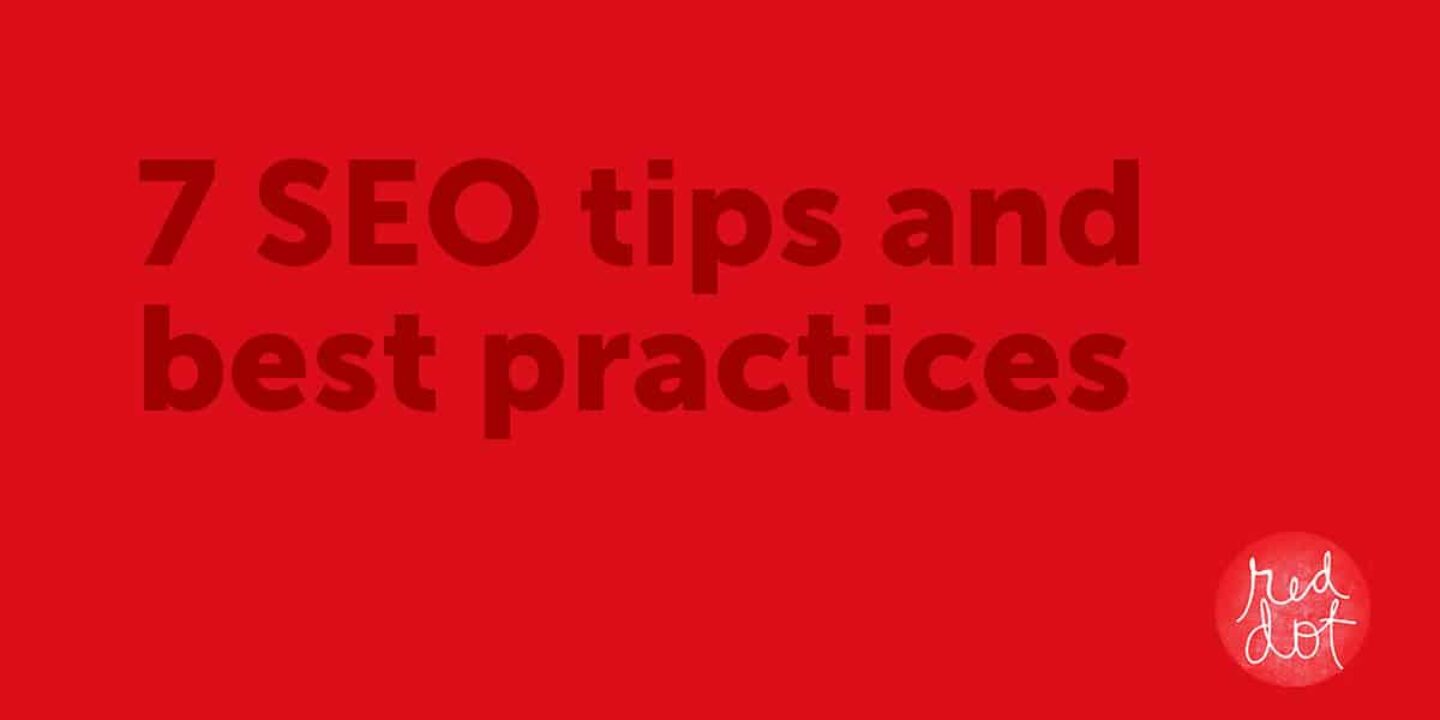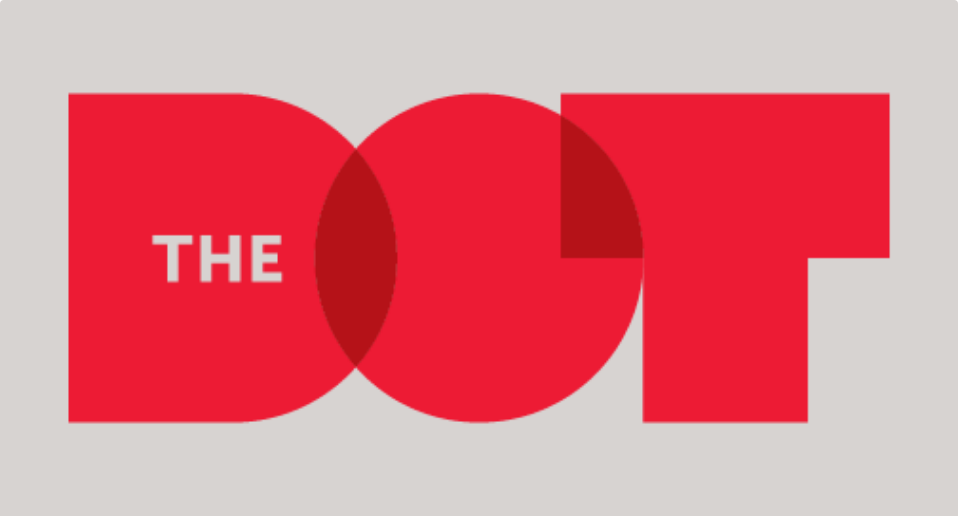Making your website work: 7 SEO tips and best practices

| Red Dot
At Red Dot, we understand that a great website is far more than a pretty face. It has to be trustworthy, user-friendly, organized, on brand, and perform well under pressure. If your website currently ranks low in Search Engine Results Pages (SERPs), people aren’t finding your business. It’s a problem, but certainly one you can fix. Our digital team has compiled a list of seven SEO tips and best practices to boost your site’s overall performance.
- Secure your site Is your site HTTP or HTTPS? HTTP stands for Hypertext Transfer Protocol, or the communication of information between a web server and browser. Through an SSL certificate, HTTPS creates a secure encrypted connection between the server and browser so sensitive information can’t be stolen. HTTP does not encrypt information, making it easier to steal.This added layer of security means your website is trustworthy and safe, and search engines reward you. In 2014, Google announced that sites with HTTPS would receive a ranking benefit, while non-secure sites would rank lower in SERPs.
- Improve site speed
A slow website creates a poor user experience. We live in a world of instant gratification so if your site is slow people are leaving. For this reason, site speed is a direct ranking factor in Google’s algorithm, meaning slower websites are punished in SERPs.A couple of ways to improve the speed of your current site include minimizing plug-ins or disabling ones you no longer need. If you’re launching a new site, make sure you compress files, optimize your code, reduce page redirects and optimize images. Once you’ve launched your new site, keep in mind it takes ongoing effort to maintain site speed as new content is added.
- Organize your content Speaking of content, your website content should be organized and easy to navigate, for both humans and bots. Web crawlers gather web page information from your site, which is used to supply SERPs. So, if a page can’t be crawled, it won’t appear in search results.Likewise, if people visit your site and can’t find the content they’re looking for, they’ll leave. Your site navigation should support the purpose and goal(s) of your website, while delivering the most user-friendly experience possible. For example, if the purpose of your site is to sell apples, you want visitors to be able to find the apples quickly, learn about varieties of apples you offer, and then buy the apples easily. Remember, the more pages or steps customers are forced to click through, the more likely they are to give up.
- Choose user-friendly URLs
As you start building out pages on your site, it’s also important to create a user friendly file name or URL. URLs are more memorable if they are easy to type and easy to read. They’re also more easily shared, which generates traffic and social signals.As you add pages to your website, create a URL that will make the most sense to a user. If you’re posting a blog to introduce your staff, avoid having a URL like www.sample.com/blog/105678384028. Instead, make it easier for the user to read, type and share, like www.sample/blog/meet-the-team. As an added bonus, if you’re able to work in keywords relevant to the content, it helps SEO.
- Create fresh, quality contentSites that feature new content on a regular basis reap the benefits. Users are always searching for the most up-to-date information about a topic, so if you serve quality content people notice and become loyal followers. Loyal followers tend to share good content which signals to search engines that something exciting is going on. When that happens, bots are sent to crawl the site and, as more content is indexed, your site’s ranking improves.While there’s a lot of buzz about keyword optimization, it’s most important to always write for humans first, bots second. Keyword stuffing is not rewarded by search engines, but engagement is. There’s a great payoff when content is written well and it strikes a chord with your audience, positioning your site as an authority.
- Build links
Creating hyperlinks to other internal and external pages is an excellent SEO tactic. Internal links, or links to other pages within your domain, keeps the user engaged with additional relevant information. If a site has many links pointing to a specific page, it signals to Google that the page is important.So why would you want to link off site? Because it helps build your reputation as a useful, trusted resource for the user. Even better, take it a step further and ask that site to link back to your website. Backlinks from external sites yield extra SEO power, since they communicate to Google that you have an expert, authoritative and trustworthy site.
- Incorporate unique meta information
Meta titles are the name tags for your page. The meta title appears in the browser tab, displays on search results pages, and bots read them as they crawl pages on your site. It’s important to incorporate keywords into the meta title so your page is more likely to match terms searched by a user. Duplicate titles are an SEO no-no, so it’s important to write unique titles for each page. The optimal title length is 50-60 characters or less to avoid being truncated.Meta descriptions display below the meta title in SERPs. While they aren’t tied to search engine rankings, they do advertise the content on a particular page and drive clicks to the website. Like meta titles, it’s important to incorporate keywords and keep copy between 50-160 characters to avoid truncation.
Feeling overwhelmed yet? We totally get it. No worries, though, because your Red Dot digital team can help with everything from purchasing an SSL and writing fresh content, to compressing images across the site and optimizing meta information—and then some. If you’ve got a question about one of the seven tips, or just want to pick a digital-savvy brain for a few minutes, send Steph an email at Steph@reddotad.com.



